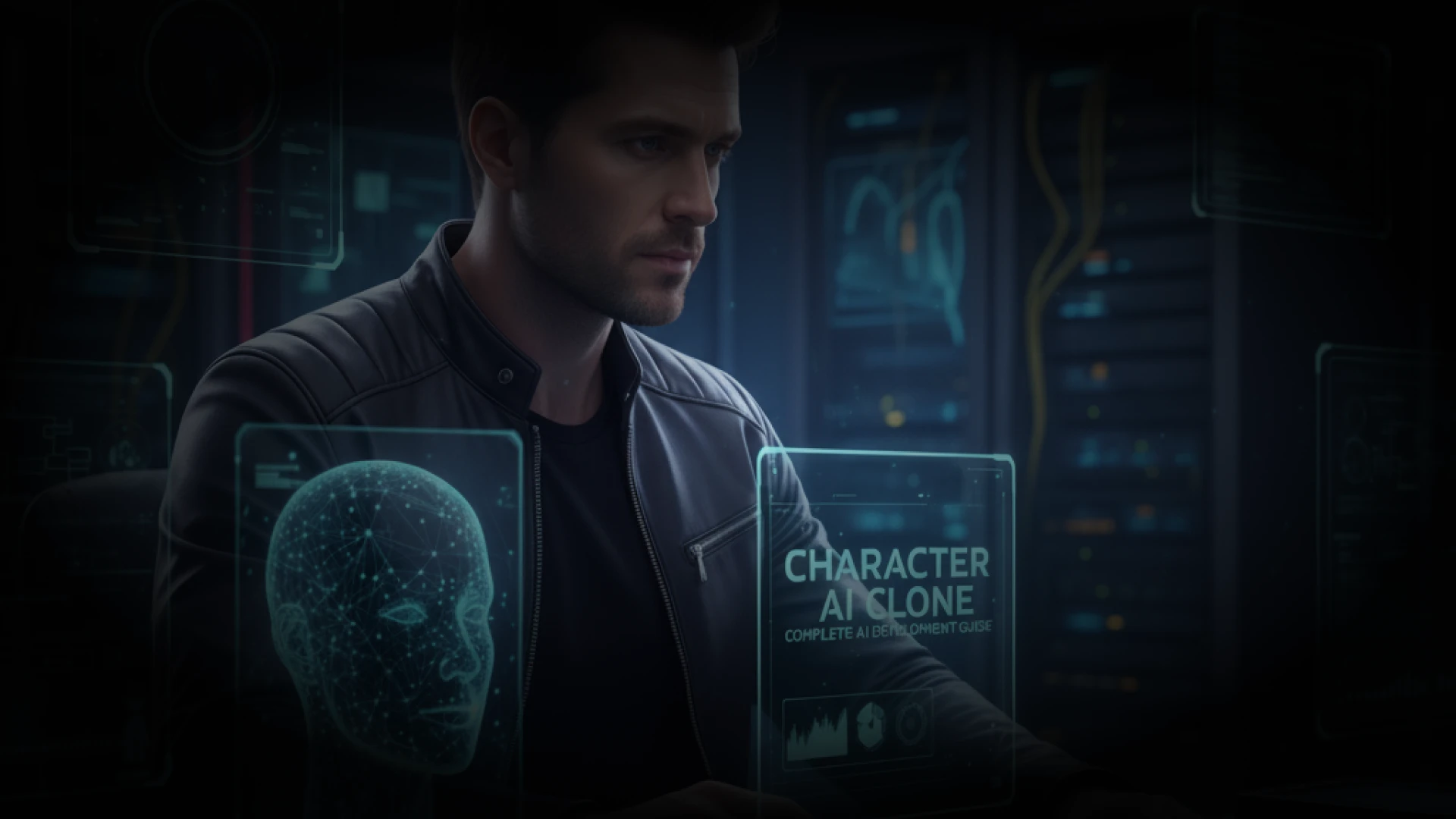Understanding Character AI Core Architecture
Before writing a single line of code, you need to understand what makes Character AI special. At its core, Character AI is a multi-layered system that combines large language models with personality embeddings, memory systems, and context management.
The magic happens in three critical layers. First, the base language model provides linguistic capabilities. Second, the character layer injects personality traits, speaking patterns, and contextual knowledge. Third, the memory system maintains conversation continuity across sessions. I've found that developers who skip understanding this architecture end up with Ai Chatbot App Solutions that feel hollow and inconsistent.
The system processes every user message through multiple stages: intent classification, context retrieval, character-specific prompt engineering, model inference, and safety filtering. Each stage requires careful optimization because latency is your enemy in conversational AI.




